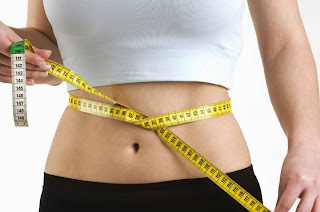The difference between the Atkins and the South Beach diet in the amount of restrictions. the induction phase of the Atkins diet restricts most carbohydrates while the South Beach diet allows the 'good' carbohydrate consumption. These diets can put real power test.
Why? The human body is the main source of energy is glucose. Glucose comes from the breakdown or hydrolysis of carbohydrates consumed. limiting carbohydrate consumption forces the body to use fat or protein as an energy source. reduced carbohydrate consumption can leave you feeling tired and easily fatigued until the body adjusts to the changes. 's word carbohydrate arose because molecular formulas of these compounds can be expressed as hydrates of carbons to yield a basic carbohydrate empiric formula (ch2o) n. Carbohydrates consist mainly of combinations of chemistry on the performance of two groups: the carbonyl and hydroxyl groups. Carbohydrates exist in different forms such as monosaccharides, oligosaccharides, and polysaccharides. monosaccharides are usually called simple sugars. These simple sugars can not be broken down or hydrolyzed into a simpler form (glucose).
A complex carbohydrate refers to one or more linked simple sugars that require digestion for absorption. oligosaccharides contain at least two monosaccharide units. oligosaccharides may be referred to as disaccharides or trisaccharides depending on how many units of monosaccharides the compound contains. maltose and sucrose (table sugar) are considered disaccharides. polysaccharides containing many monosaccharide units. for the body to use polysaccharides, these compounds must be broken down into a simpler monosaccharide form. Examples of polysaccharides are starch and cellulose (fiber). dietary carbohydrate digestion occurs mainly in the mouth and small intestine. during mastication (chewing) the salivary glands secrete the enzyme alpha-amylase which is referred to as the ptyalin. alpha-amylase briefly acts on dietary carbohydrates in the mouth to hydrolyze starch into simple sugars such as glucose.
In fact, if you chew on a carbohydrate long enough that you can taste the sugar. This is a result of salivary amylase hydrolyzing the carbohydrate into a simpler sugar. chewing increases the surface area of the food for alpha-amylase to act.
For more about fat loss, please visit this page:
http://www.healthreviewspot.com/customized-fat-loss-review/

No comments:
Post a Comment